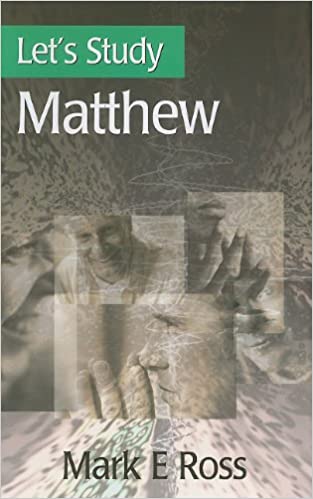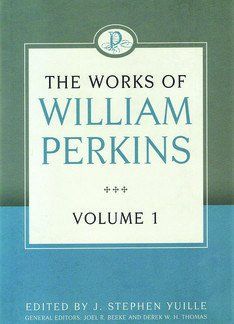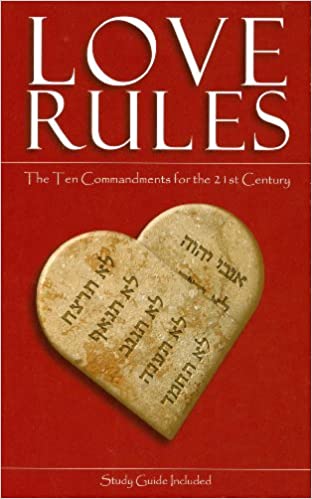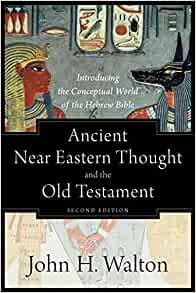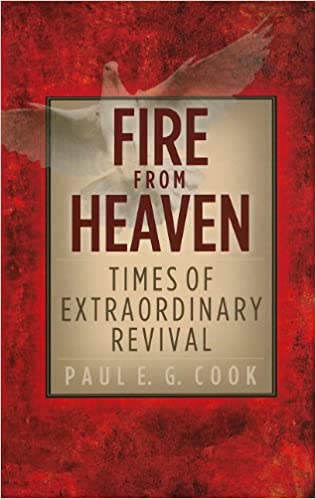Judging by the title and book cover, Let’s study Matthew is intended to be an introductory survey. So let’s study its commentary on 2:13-23 as a specimen of the whole, and see if it really introduces this passage.
Professor Ross chooses to discuss this section through the three Old Testament prophecies fulfilled by the events described in Matthew 2. This is a legitimate approach, but one that leaves out issues that readers studying Matthew for the first time may find more pressing, such as how could a God of love allow Herod to slaughter the baby boys of Bethlehem.
Furthermore, the discussion is conducted in somewhat rarefied terms. We have ‘typology’, with ‘type’ and ‘antitype’. I can just about live with those, but do we really need ‘déjà vu’? And I am quite certain that we do not need the ugly academic phrase ‘fulfilment formulas’.
The book concludes with a ‘Group study guide’ for leaders of Bible study groups. The study guide largely avoids the pitfalls of the main text. So Matthew 2 is covered by seven helpful questions in plain English, without an academic or theological term in sight.
Let’s study Matthew is not a bad book. It is impeccably orthodox and conservative, and strikingly original in places. I have been a preacher for over 35 years, but found here new ways of looking at things that never occurred to me before. However, I fear that some uncertainty about its target audience may limit its usefulness.

